People often talk about art and science as if they're at odds, but are they?
Joseph Regan, Ph.D., doesn't think so. A biologist and artist himself—the Corning customer who collaborated with the company on their limited edition poster series—Dr. Regan says creativity informs his work in the lab and vice versa. Whether he's studying complex 3D organoids or making cell images pop with color for a journal cover, the collision of both art and science is what he finds most inspiring.
"There's a common misconception that artistic and scientific domains occupy two separate spheres, but the processes used by artists and scientists to create and innovate are extremely similar," said Dr. Regan, a research scientist in Berlin. "There are many studies showing that artists and scientists share the same psychological traits and tend to be polymaths with broad interests across many domains."
He added that many scientists pursue creative hobbies and jobs outside the lab, from photography to writing to music. Albert Einstein played violin, Carl Jung took to the visual arts, and Nobel-winning theoretical chemist Roald Hoffman wrote plays and poetry. These dual interests very often align directly to make the living world more understandable.
"Prior to the invention of the camera, biologists were trained artists and relied on pencil, brush, and paper to catalogue and study the natural world," he said. "These pursuits generated exquisite works of art that were shared widely with the public through exhibitions and book publications, such as the 17th Century illustrations of Maria Sibylla Merian, who became known as 'the woman who made science beautiful.'"



